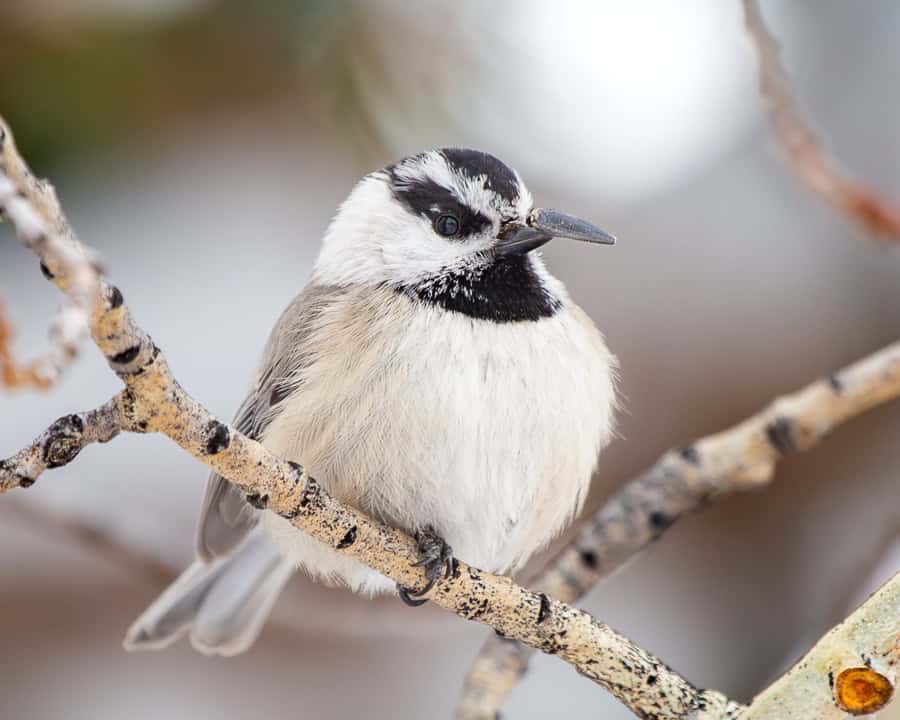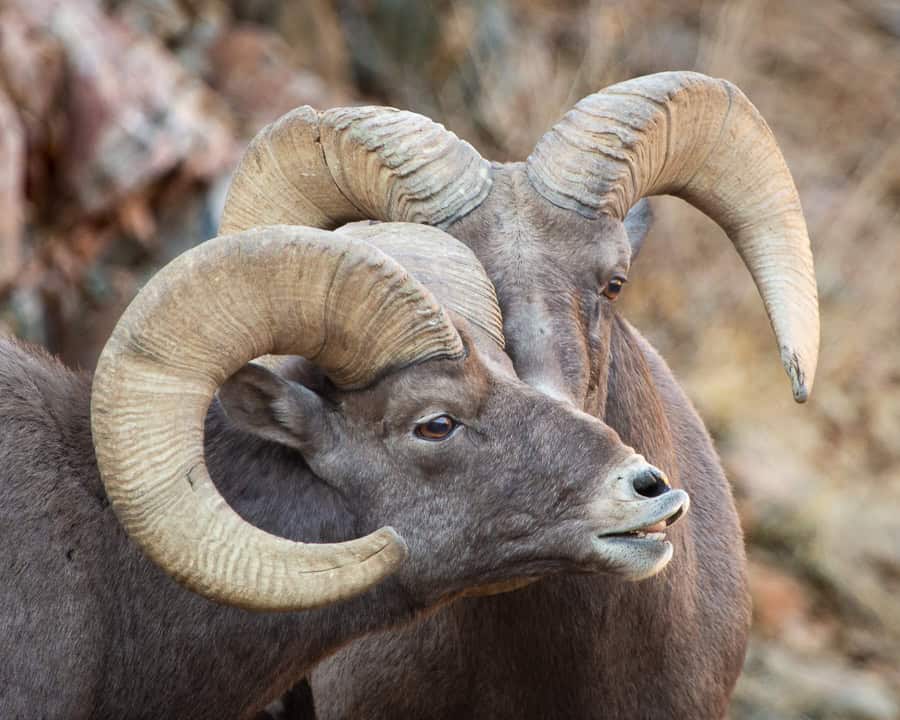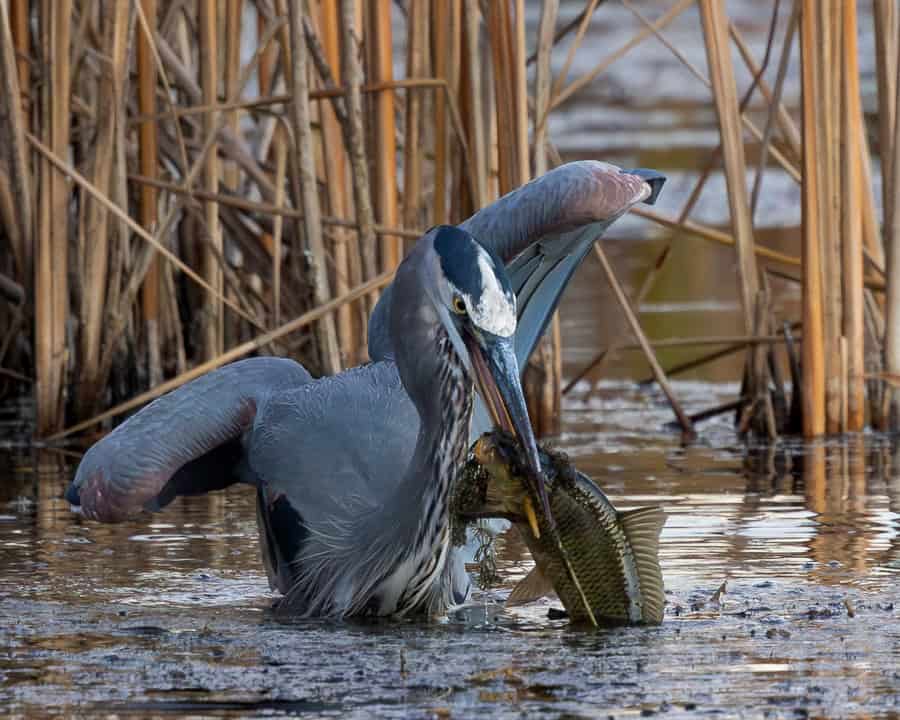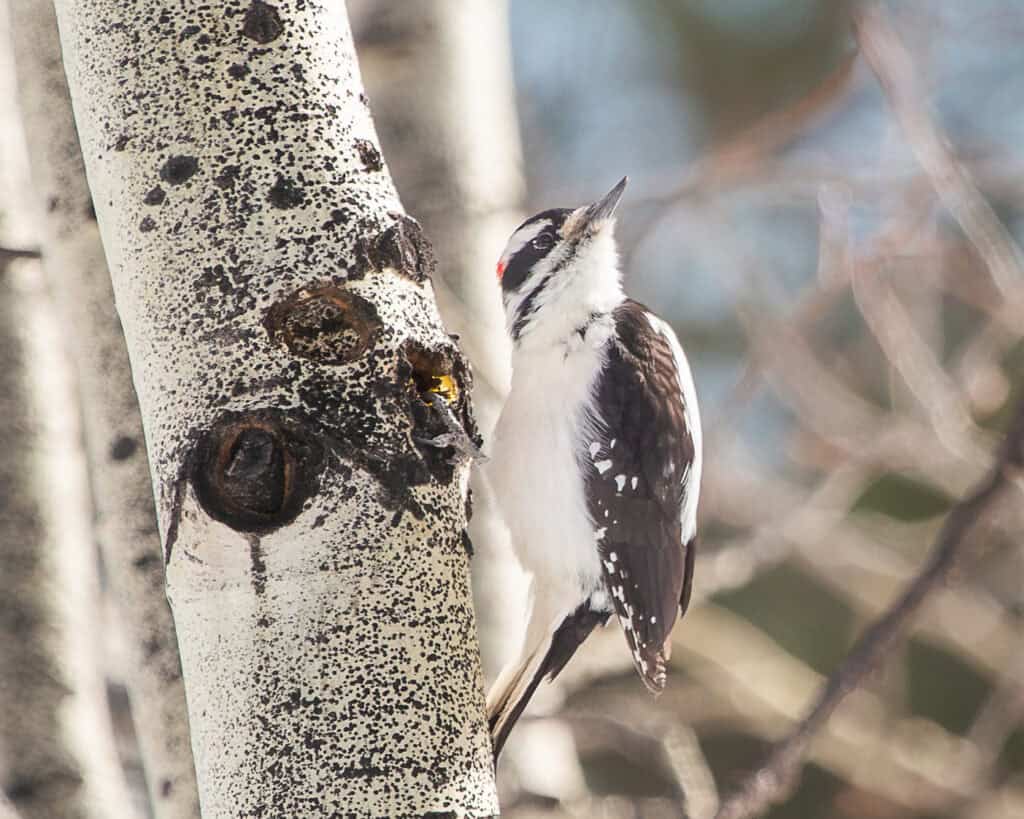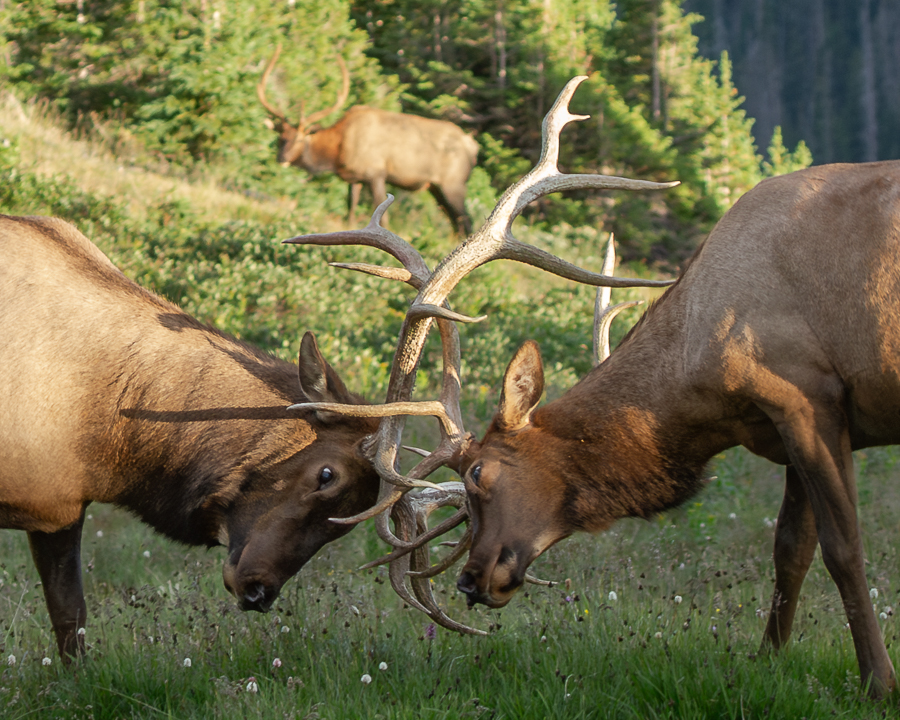Adaptation is the most basic yet prolific key to survival in absolutely any environment or situation, whether man-made or natural. The inability to do so generally spells the end, no matter what situation said inability stemmed from. All life as we know it exists on Earth today because of thousands and in some cases millions of years of subtle yet consistent adaptation to the environment said life calls home.

Here in the mountains one of the easiest examples of adaptation to environment is growth, or more specifically the lack thereof, due to elevation. Things just don’t grow as big up here. This phenomenon includes humans. That isn’t to say we or those who live higher than here all grow smaller, however, babies who are conceived and gestated at higher elevations are typically born smaller on average than those born at lower elevations. This is due to a passive form of hypoxia, or simply a lack of oxygen.
While growth stunting is far more subtle at our relative elevations (with the greater Peak to Peak region existing between 7000-9000+ feet), the changes become more prevalent as one climbs higher into the mountains and is quite noticeable in plants. The higher one goes, the smaller the plants grow. A patch of the state flower, the beautiful Columbine, may grow around this area to have a stalk of about a foot or so with a flower width of 2-3 inches. This same species found at 11,000 feet will average about 3-6 inches tall with a flower width of about an inch or so.
High on the alpine tundra, while summer plant-life tends to be lush, it is also very small. Grasses of various kinds grow abundantly, but many species never exceed an inch in height, and those that grow taller rarely extend beyond 6 inches. Flowers, while sometimes found in vast, brilliant carpets, are often even smaller. Adaptation has caused this life to change the way it grows to be able to survive the harsh conditions of not just less oxygen, but also lower nutrient content in the soil and higher ultraviolet radiation.
While we understand plants as “breathing in” carbon dioxide and “exhaling” oxygen, they also require oxygen to grow. Oxygen uptake in plants is a function performed by the roots, which also uptake the essential nutrients in the soil. This “double whammy” of lacking essentials (oxygen and nutrients) has given cause for the plants to adapt much larger root systems (relative to the overall plants size) than those found at lower elevations.
Increased ultraviolet (UV) radiation, with the biggest culprit being UVB rays, also plays a large role in plant adaptation at high elevations. Higher concentrations of the radiation can cause cellular and DNA damage. Plants have adapted to these effects by producing smaller and thicker leaves to reduce exposure. Some plants have also developed waxy coatings on the leaves and stems to help reflect the harmful radiation. One other common adaptation is the increased production in flavonoids which help absorb and neutralize the radiation.
One of my personal favorite wildflowers found on the high tundra is the Old Man of the Mountain, seen in the accompanying photo. It ranks as one of the taller wildflowers found at high elevation, but that esteemed rank still has it growing only as much a 3-6 inches in height. Beng a type of sunflower, this is quite an amazing difference from its cousins found down here and at lower elevations.
With a nice balance of rain and dry conditions, this year’s wildflower bloom is shaping up to be quite a beautiful display. If the rain persists as it often does in July, traditionally our “monsoon” season, we might even be blessed with a second or prolonged bloom season. At the publication of this article, we will be nearing the peak, so if you haven’t had a chance to get out to witness these natural fireworks, make sure you don’t miss out on the stunning displays. Whether you are enjoying the taller spectacle down here in the foothills, or strolling among the mountain small in the high country, you will not be disappointed.
https://pmc.ncbi.nlm.nih.gov/articles/PMC11641277/
Originally published in The Mountain-Ear

